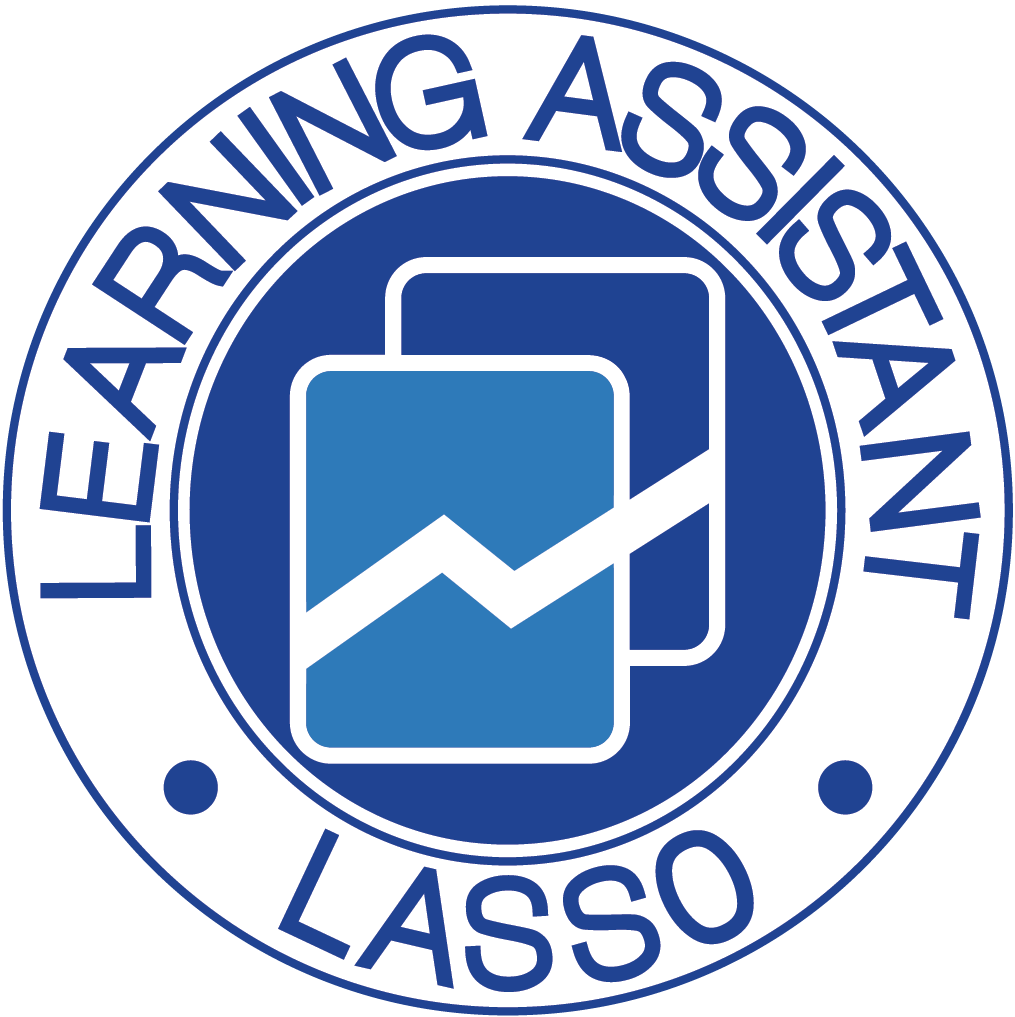Survey of Self-Efficacy in Science Courses - Physics (SOSESC - P)
Purpose
The SOSESC-P is designed to measure students’ self-efficacy beliefs in physics across the four major sources of self-efficacy. Self-efficacy is one’s belief in their ability to succeed in a specific task. Individuals derive their self-efficacy to complete a task from four different sources: (1) mastery experiences, (2) vicarious experiences, (3) social persuasion, and (4) physiological states. Mastery experiences draw on achievements of success or failure in a task similar to the one at hand. Vicarious experiences arise from observing another individual completing a task similar to the task one is engaged in. Vicarious experiences can be interpreted as the observed person being a model for one’s behavior or as the observed person setting a standard by which one judges their own abilities. Social persuasion relies on messages one receives from others about the level of success they are achieving or their ability to achieve success. Physiological state is the somatic information one relies on for the body to provide feedback about one’s ability to succeed, for example, one may interpret high levels of stress and anxiety as an inability to perform.
Population
The SOSESC-P is commonly administered in college introductory physics courses.
Typical Performance
We haven’t performed an analysis of the LASSO data for typical performance on the SOSESC-P. Studies generally find that students self-efficacy decreases from pre to post measurement in introductory physics courses, that female students tend to have lower self-efficacy than male students, and that the decrease for female students from pre to post tends to be larger than the decrease for male students.
Validity
Fencl and Scheel developed the SOSESC-P in 2004 and provide some evidence for the validity of the questions and constructs on the instrument. The instrument is based on extensive research on self-efficacy in other domains.
Fencl, H. S., & Scheel, K. R. (2004, September). Pedagogical approaches, contextual variables, and the development of student self‐efficacy in undergraduate physics courses. In AIP Conference Proceedings (Vol. 720, No. 1, pp. 173-176). AIP.
Fencl, H., & Scheel, K. (2005). Engaging students. Journal of College Science Teaching, 35(1), 20.
Lent, R. W., Lopez, F. G., Brown, S. D., & Gore Jr, P. A. (1996). Latent structure of the sources of mathematics self-efficacy. Journal of Vocational Behavior, 49(3), 292-308.
Research
The research conducted with the SOSESC – P is extensive. We recommend reviewing the citations listed below to find articles of interest.
Dou, R., Brewe, E., Zwolak, J. P., Potvin, G., Williams, E. A., & Kramer, L. H. (2016). Beyond performance metrics: Examining a decrease in students’ physics self-efficacy through a social networks lens. Physical Review Physics Education Research, 12(2), 020124.
Dou, R., Brewe, E., Potvin, G., Zwolak, J. P., & Hazari, Z. (2018). Understanding the development of interest and self-efficacy in active-learning undergraduate physics courses. International Journal of Science Education, 1-19.
Sawtelle, V., Brewe, E., Goertzen, R. M., & Kramer, L. H. (2012, February). Creating opportunities to influence self-efficacy through modeling instruction. In AIP Conference Proceedings (Vol. 1413, No. 1, pp. 339-342). AIP.
Sawtelle, V., Brewe, E., & Kramer, L. H. (2012). Exploring the relationship between self‐efficacy and retention in introductory physics. Journal of research in science teaching, 49(9), 1096-1121.
Sawtelle, V., Brewe, E., Goertzen, R. M., & Kramer, L. H. (2012). Identifying events that impact self-efficacy in physics learning. Physical Review Special Topics-Physics Education Research, 8(2), 020111.
Espinosa, T., Miller, K., Araujo, I., & Mazur, E. (2019). Reducing the gender gap in students’ physics self-efficacy in a team-and project-based introductory physics class. Physical Review Physics Education Research, 15(1), 010132.
Example LASSO Report
Please follow this link to our example report for concept inventories.

